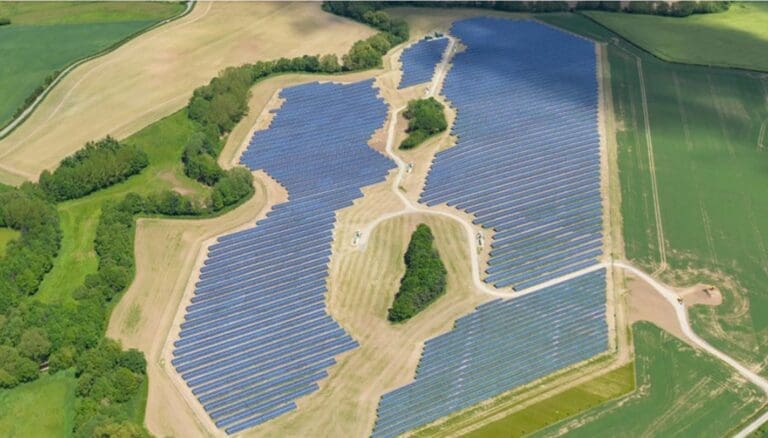
Prior to this, Secretary of State, Ed Miliband, had already announced the Government would “unleash a UK solar rooftop revolution” to triple solar capacity by 2030, at the same time as granting approval for the construction of three large solar farms in the East of England.
Labour pledged in its manifesto to achieve fossil fuel-free electricity generation by 2030, five years ahead of the Conservatives, and cut customer bills while doing so – although by how much, ministers have been unwilling to put a figure on.
Demand-side gap
Birmingham-based energy politics and policy researcher Dr David Toke, author of the recently published ‘Energy Revolutions’, and a Reader at the University of Aberdeen says: “Crucial decisions remain uncertain. The target for renewable energy up to 2030 is very good.
“But there’s a big hole on the demand side which they’ve said very little about. In particular, if you want to get rid of fossil fuels from the heating sector, you’ve got to talk about heat pumps. They’ve said very little about that, other than continue with previous government plans.
“One idea is to make heat pumps mandatory for new buildings through the Future Homes Standard. Some building companies are stating a policy that new buildings will have heat pumps. Generally, builders want to do the same bog-standard thing. Meanwhile the gas boiler industry has been vigorously pouring out disinformation and lobbying.
“The issue is whether Ed Miliband has the clout to argue with other departments. An insulation programme is essential in helping people to heat their homes – and the last government was terrible at cutting back programmes over the years. But it is not going to save that much carbon emissions compared to heat pumps. One can argue how cheaply or expensively you can organise a retrofit programme for heat pumps, but it should be a no-brainer to fit them in new buildings”.
Pragmatic cooperation
James Nason of the Pitchford Estate near Condover, south of Shrewsbury co-owns a 22MW solar farm with two other landowners. The solar farm covers 120 acres, and spans a former RAF airfield and agricultural land.
Nason is encouraged by the Government’s ambition on solar – “it’s showing strong leadership at this point in the Parliament which gives the industry the right signals”.
He is less sure about Great British Energy, where he awaits more detail on what it will do and wonders if too much hope has been pinned on the policy. “The record of the state in energy has not always been brilliant – for example the offshore wind moratorium and Dash for Gas,” he comments.
Solar panels are “great for farmland still being grazed – it’s not a loss to agriculture,” Nason says. “Shropshire is dotted with the sites of former Industrial Revolution energy infrastructure. We’ve always deployed infrastructure when we’ve needed it. When we don’t need it, it goes”.
Since the solar farm was constructed 8-9 years ago Nason says he hasn’t had a complaint about it. “There was a bit of opposition at first, dealt with the right way through the parish council and planning authorities, and we took a few fields out of the scheme.
“There was a pragmatic approach where people listened to each other”
Solar can save services
Jon Hallé, CEO of Shrewsbury-headquartered Big Solar Co-op, said: “The Big Solar Co-op welcomes the new Government’s focus on rooftop solar. We have huge numbers of large roofs in the UK and it makes sense to solarise most of them. We’ve already made a good start with 1 MW of solar on factories, doctors surgeries and offices, but there is so much more to do.
“In Birmingham alone we estimate that there is rooftop solar potential to save over £100 million in electricity costs a year – that’s half the council’s budget deficit. It’s as simple as this: installing solar could save libraries and other public services there.”

Unnecessary obstacles
“In many cases putting solar on rooftops is still unnecessarily difficult, Jon explains. “Planning rules in most parts of the country prioritise heritage over Net Zero: we’ve had to reduce the size of the solar we’re putting near a listed building because the panels could be seen at the same time as the back of the building from one angle! Planning exemptions are not dealt with uniformly across the country.
“Our antiquated grid and connection rules mean that we are restricted in what we can put on rooftops – even in places where all the electricity generated would be used on site.
“Investment in solar receives no subsidy whatsoever, but we don’t get the tax reliefs that other investments can access. Local authority procurement rules and lack of resource are holding back lots of solar that we would be ready not only to build, but to pay for”.
Image credit: Local Story Exchange